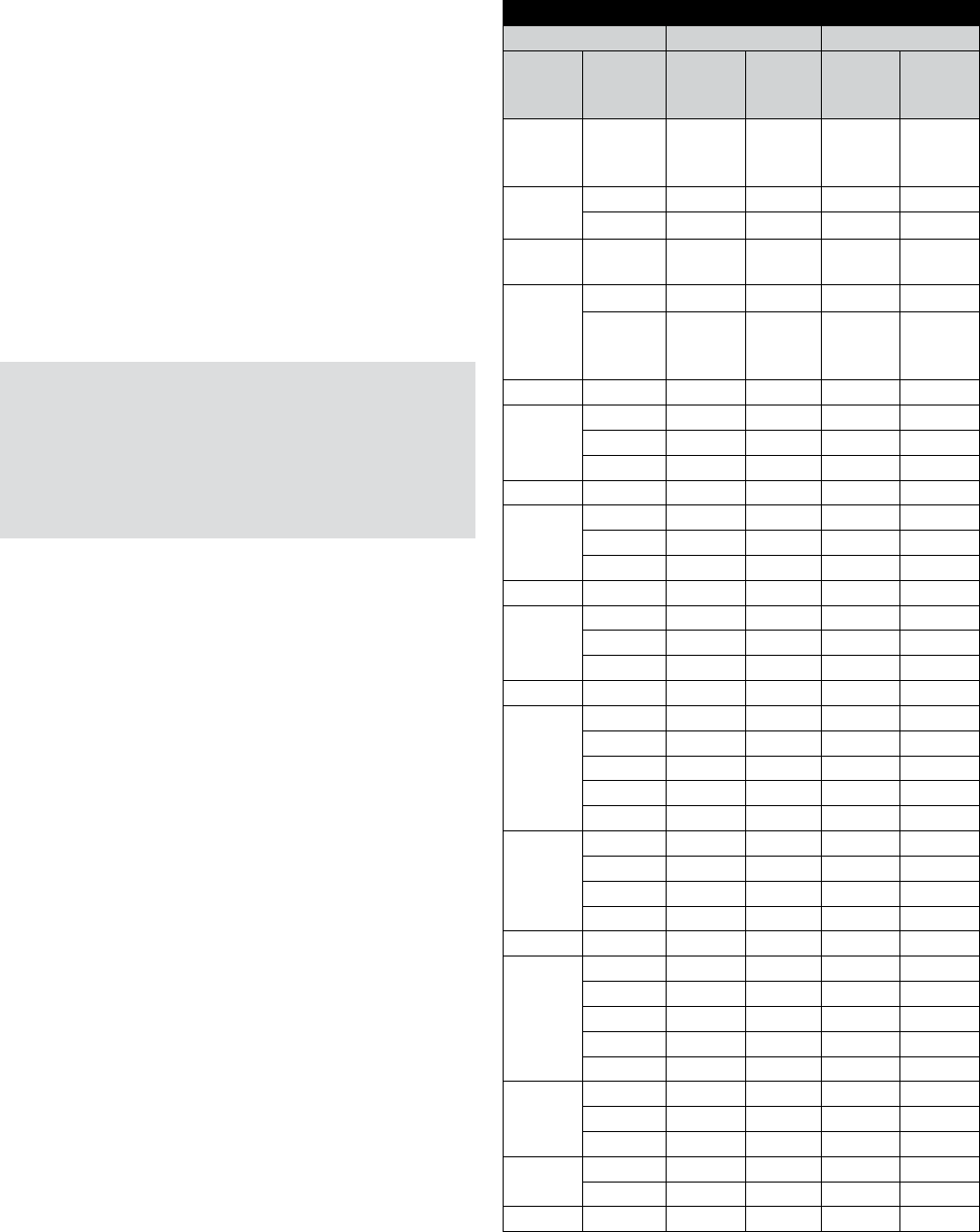Technical Specifications

14 | GE Oil & Gas
6.6 Tightening of Body Stud Nuts
Alignment of internal parts
In order to achieve perfect alignment of the seat ring and
the valve plug, a force must be applied to the plug stem
during tightening of the bonnet which results in correct
relative positioning of the two parts.
The force can be applied with the pneumatic actuator
as follows:
Place the actuator on the valve bonnet (7) by means of
the yoke nut (33) or attachment screws and connect the
valve plug stem to the actuator stem. See chapter on
actuators for installation instructions.
Caution: During this operation, make sure that the
plug does not turn when it is seated. If the plug travel
is very small and there is a large amount of plug stem
inside the actuator, it may be necessary to remove
the yoke nut and lift the actuator so that the plug is
not touching the seat.
Align the internal parts as follows:
In the case of air-to-extend actuators, supply air to the
actuator at the maximum pressure indicated on the
serial plate and in the case of spring-to-extend actuators,
do not supply air to the actuator, so that the optimum
positioning of the valve plug and seat can be obtained.
Single bolting circle:
Evenly tighten the nuts (8) by applying the torque
indicated in table in Figure 10 and the tightening
sequence in Figure 11.
Double bolting circle:
Beginning by the internal nuts, manually screw all the
bolts. Screw the internal nuts in order indicated by the
Figure 2 and screw them by successive, uniform and
progressive levels. During the tightening, make sure
that the bonnet face stays parallel at that of the body.
When the torque values given in the following table are
reached, the bonnet face must be in contact with that
of the body. Screw the external nuts in order indicated
by the Figure 2 and screw them by successive, uniform
and progressive levels until the torque values given in the
following table.
Torque Valve body stud/Bonnet
Body Nuts (21) Torque
Nominal
size (in)
ASME
Pressure
classe
Size (in) No. m.N ft.lb
2
3 x 2
4 x 2
300/600 3/4 – 10 6 150 110
2
900/1500 7/8 – 9 8 250 180
2500 1 1/4 – 8 6 550 410
3 x 2
4 x 2
900/1500 1 – 8 8 400 300
3
4 x 3
6 x 2
300/600 3/4 – 10 8 150 110
900 /
1500
900/1500
1 1/4 – 8 6 800 600
3 2500 1 1/2 – 8 6 1050 775
4
6 x 4
8 x 4
300/600 7/8 – 9 8 250 180
900 1 1/2 – 8 6 1200 900
1500 1 1/2 – 8 6 1400 1000
4 2500 1 5/8 – 8 8 1250 930
6
8 x 6
10 x 6
300 1 – 8 8 400 300
600 1 – 8 12 350 250
900/1500 1 3/4 – 8 8 1800 1300
6 2500 1 7/8 – 8 8 1900 1400
8
10 x 8
12 x 8
300/600 1 1/4 – 8 8 700 500
900 1 3/4 – 8 8 1900 1400
1500 1 3/4 – 8 8 2300 1700
8 2500 1 3/4 – 8 12 1650 1220
10
300 1 1/2 – 8 8 1200 900
600 1 1/2 – 8 12 1200 900
900 1 3/4 – 8 12 1800 1300
1500 1 3/4 – 8 12 2000 1500
2500 2 – 8 12 2800 2070
12
16 x 12
300 1 1/2 – 8 8 1300 950
600 1 1/2 – 8 12 1200 900
900 1 1/2 – 8 16 1200 900
1500 1 3/4 – 8 16 2000 1500
12 2500 1 7/8 – 8 20 2200 1630
16
300 1 1/2 – 8 12 1300 950
600 1 1/2 – 8 16 1300 950
900 1 1/2 – 8 20 1400 1000
1500 1 3/4 – 8 20 2300 1700
2500 2 – 8 24 2650 1960
20
300 1 3/8 – 8 24 900 650
600 1 3/4 – 8 24 2000 1500
900 1 7/8 – 8 24 2700 2000
24
300 1 3/4 – 8 20 1900 1400
600 1 3/4 – 8 26 2200 1600
30 300 1 3/4 – 8 28 2000 1500
Figure 10










